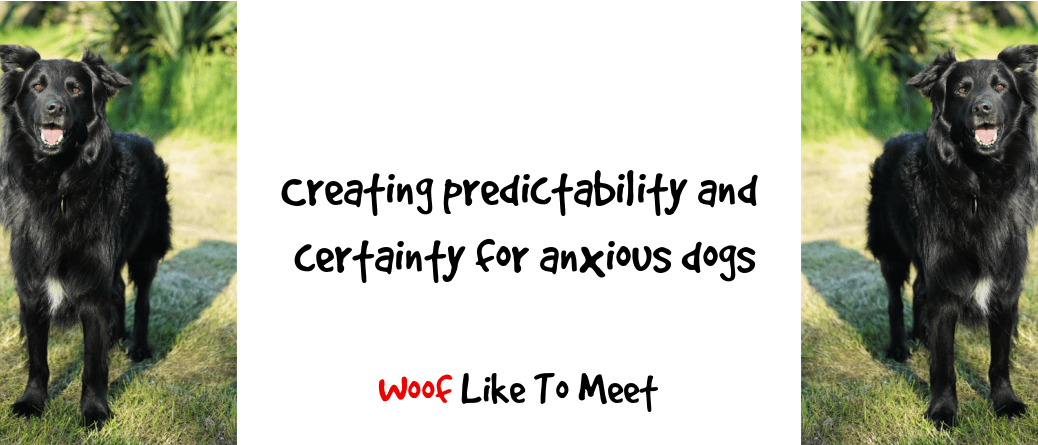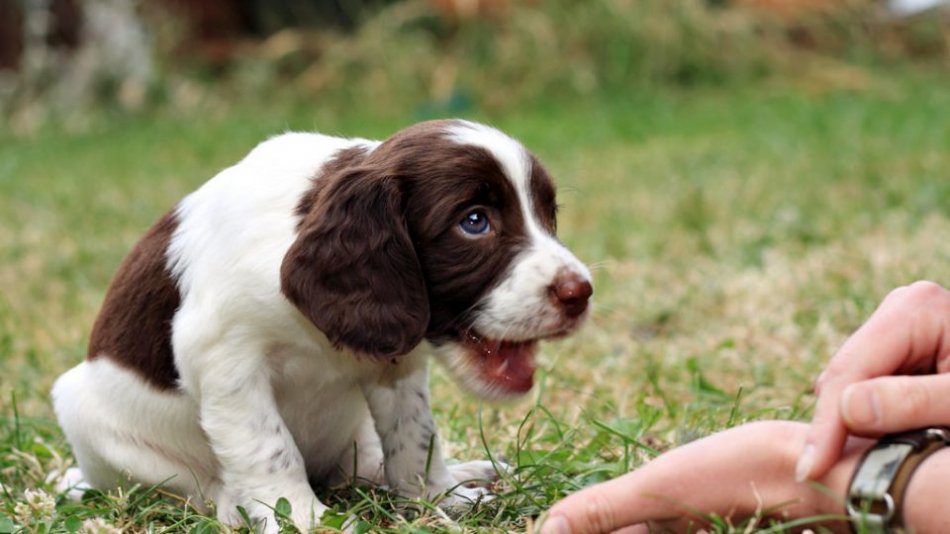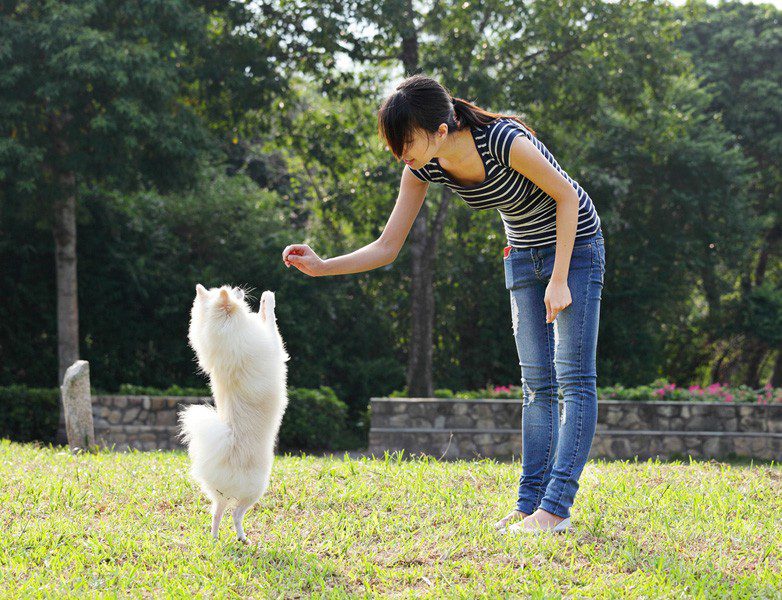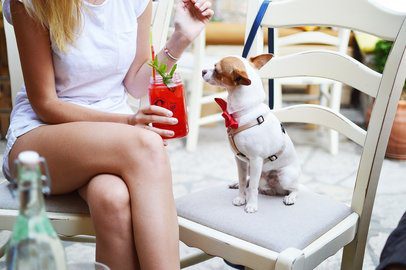
Predictability and control in the education and training of dogs
Modern cynology has gone far ahead in the last decades. Thanks to this, we can choose the most effective and at the same time humane approaches and training methods. The basis of such methods is, first of all, the predictability and control of the environment.

In the photo: puppy training. A photo: Google.ru
Contents
Why is predictability and environmental control important in dog training?
Predictability and environmental control are important not only in dog training, but in general are important components of a comfortable life. So we can say that they are significant not only for animals, but also for us.
Predictability is the understanding of cause and effect. You can’t always influence the situation, but at least you know what to expect.
For example, on the fifth day of each month, you receive a certain amount of money as a salary. You know this, which means you can plan your life, take care of financial obligations, and you can think about other things that are more interesting and enjoyable. But if you have no idea whether you will be paid for the work and in what volume, you will agree, this does not add peace and confidence.
When you take the leash, the dog knows that he is waiting for a walk. If someone is rattling bowls in the kitchen, you should hurry there so as not to miss something tasty. And if you go to work, and the dog knows that at a certain time you will return, this also becomes a predictable part of his life and does not cause concern. But if the dog has no idea what to expect from you and at what moment, he can become nervous and irritable, which means it will be difficult for him to learn.
Another component of success in dog training is the ability to control the environment in which it is located, or the situation. Control is the understanding that there are ways to satisfy a need, that you can change the environment and influence the situation with your behavior.
For example, a dog rumbles with an empty bowl if he is thirsty and attracts your attention – you fill the bowl and thus satisfy the dog’s need, reinforcing his behavior. Most owners will remember more than one case when dogs very intelligibly explained what they needed. And this skill is extremely important, because the dog is completely dependent on us.

Photo: dog training. A photo: Google.ru
Operant training provides the dog with predictability and control of the environment.
At school, we all studied what conditioned reflexes are. This is when a neutral stimulus (which initially had no biological significance for a living being) acquires significance. This happens when a neutral conditioned stimulus is constantly followed by an unconditioned, initially important one (for example, food, but not only).
If the doorbell doesn’t mean anything to your dog, he won’t respond. But if every time the doorbell rings, pleasant (or unpleasant) things happen for the dog, he will soon learn to respond to the doorbell. And the call itself will become a significant incentive for the dog.
It is now known that the formation of conditioned reflexes (classical conditioning) “works” even at the level of emotions, and not only at the level of behavior.
For example, if the owner takes out a bad mood on the dog or simply tends to severely punish him, he will associate him with bad events and cease to trust, which means that there can be no question of any cooperation and successful training.
The good news is that it also works the other way around. If we respect the dog, provide safety and comfort, use humane methods of training and education, it trusts us more and more, which means it is able to learn and work, and with pleasure.
The operant method of training is mainly associated with the name of B.F. Skinner. This training method gives the dog the ability to manage the environment and control the situation. We get the opportunity to shape the behavior of the animal we need.

Photo: dog training. A photo: Google.ru
Differences between operant training and other training methods
- The dog offers various options for solving the problem and / or behavior.
- Success and reinforcement reinforce behavior.
- The dog behavior that we reinforce is occurring more and more frequently.
Experiment: Offer your dog a covered bowl of food. The dog will probably try to get a treat: scrape the lid with his paw, move his nose, etc. And when the attempt is successful, the dog will get what he wants – which means that his behavior will be reinforced. And the next time your pet is faced with a similar challenge, there is a good chance that he will choose a proven working method and get to a tidbit much faster.
By presenting the dog with various tasks and constantly reinforcing the desired actions (sometimes using cues), we can not only form the new behavior that we want, but also work on behavioral problems.





